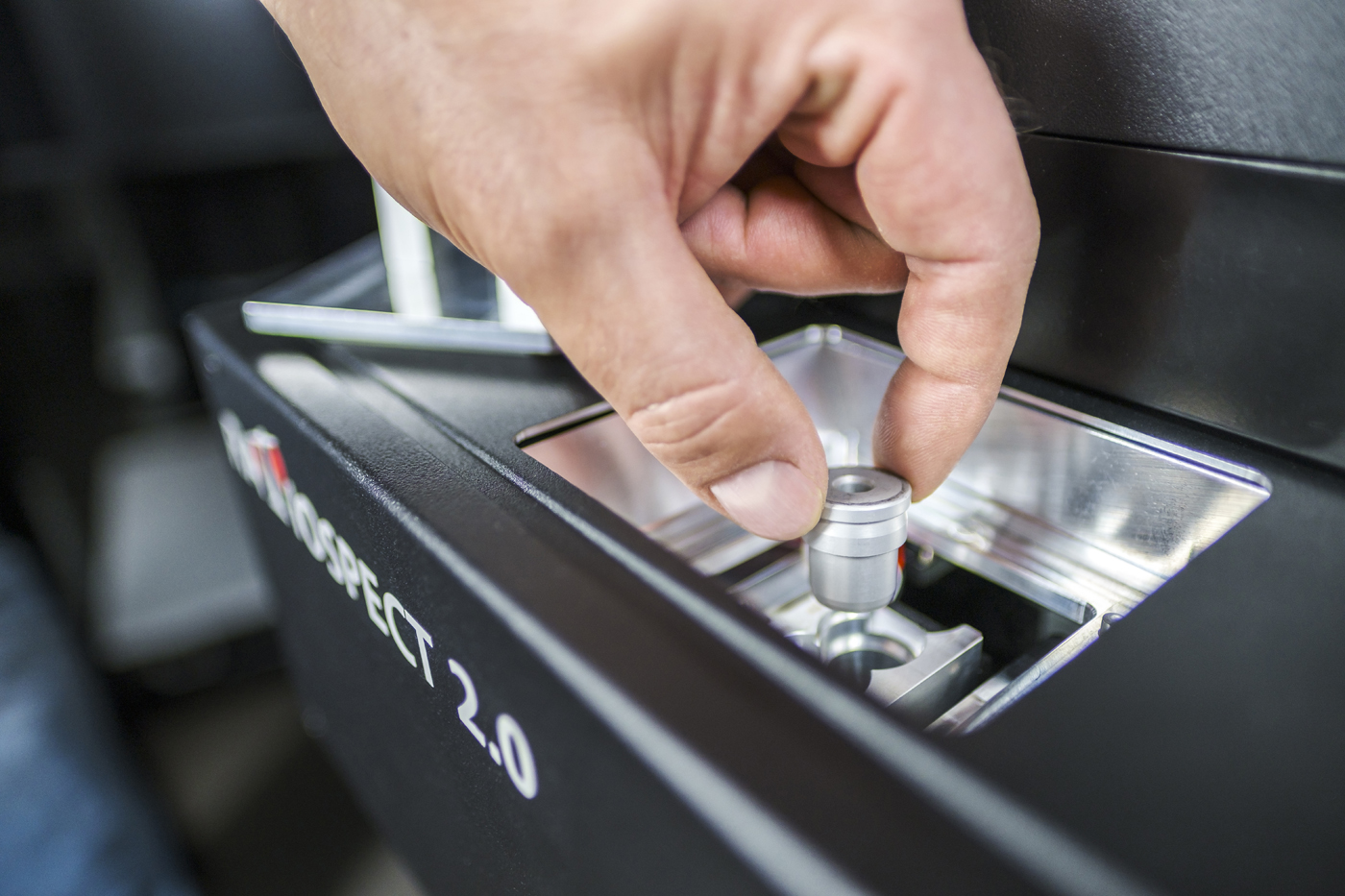Absorption spectrometer Ratiospect 2.0
The search for plants’ sundial
How do plants perceive light? A team of researchers, led by Freiburg plant physiologist Prof. Dr. Andreas Hiltbrunner, are getting to the bottom of this question. Their most important tool for doing so is the measuring system Ratiospect 2.0 developed by Fraunhofer IPM – a highly accurate, specially adapted optical absorption spectrometer.

As a professor of Molecular Plant Physiology at the Faculty of Biology at the University of Freiburg, Professor Andreas Hiltbrunner and his team are currently researching how plants perceive light. An important aspect in this is the investigation of so called phytochromes, plant proteins, which are sensitive to light. Researchers are now able to investigate which processes take place at molecular level in phytochromes when they are exposed to light in far more detail and with far more accuracy than before thanks to the custom-made measuring device, made by Fraunhofer IPM. Internationally, Ratiospect 2.0 by Fraunhofer IPM is a one-of-its-kind optical absorption spectrometer, highly accurate and easy to operate.
Well-connected in Freiburg: University of Freiburg, Fraunhofer IPM and industry
Phytochromes can be detected in plant samples due to their reaction upon being exposed to light. “That can be done with the help of highly-sensitive, optical absorption measurements,” says Freiburg plant physiologist Professor Hiltbrunner. He continues, “Unfortunately, there is no standard turn-key measurement system on the market that is suitable for use in our laboratories. That’s why we were on the hunt for a supplier who could develop and build a measuring device to meet our requirements.” Dr. Sebastian Wolf, project manager at Fraunhofer IPM, was eager to get on board straight away: “The task was equally exciting as it was specific and we were very confident that we could devise a measurement system that met the desired requirements.” Fraunhofer IPM were able to develop the measuring device in collaboration with Dr. Cornelia Klose, who led the Ratiospect 2.0 project in Professor Hiltbrunner’s working group, and with the Freiburg-based company PSE AG. It allows for a more rapid, accurate and sensitive measurement of the phytochrome concentrations than before.
High-sensitivity absorption measurements thanks to Ratiospect 2.0
Ratiospect 2.0 “switches” phytochrome molecules using laser light and measures the characteristic induced transmission changes to a very high level of accuracy. The measuring system is able to measure both transmission changes from 100% to 99.999% and from 1.0% to 1.0001% – and can do so in as little as just a few seconds. That means that Professor Hiltbrunner’s working group is now able to determine concentrations that previously remained undetected. At the same time, researchers can now carry out series of experiments at a faster rate than before: Ratiospect 2.0 can independently handle plant samples, automatically measure them as well as process and manage the extracted measurement data. These characteristics make Ratiospect 2.0 an essential laboratory device for a project within the framework of the CIBSS (Centre for Integrative Biological Signalling Studies), of which Professor Hiltbrunner, as an Associated Investigator, is a member.